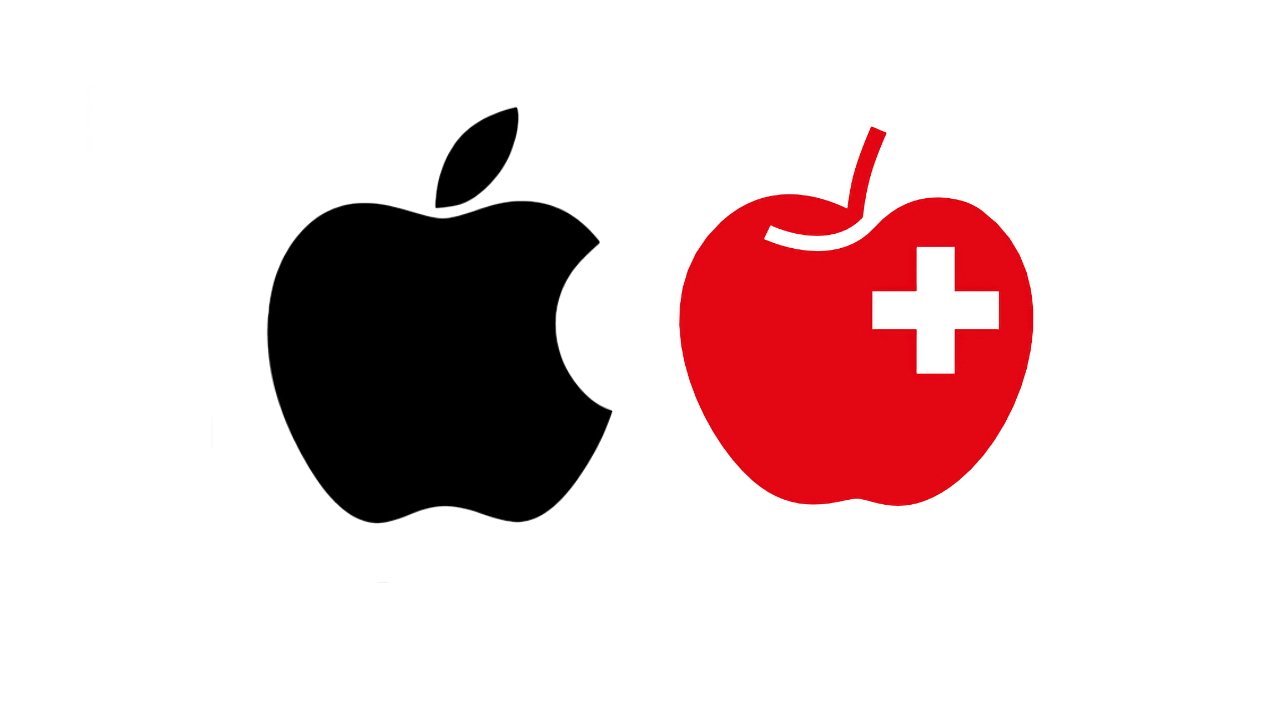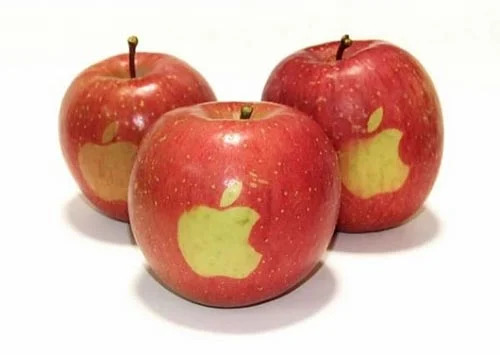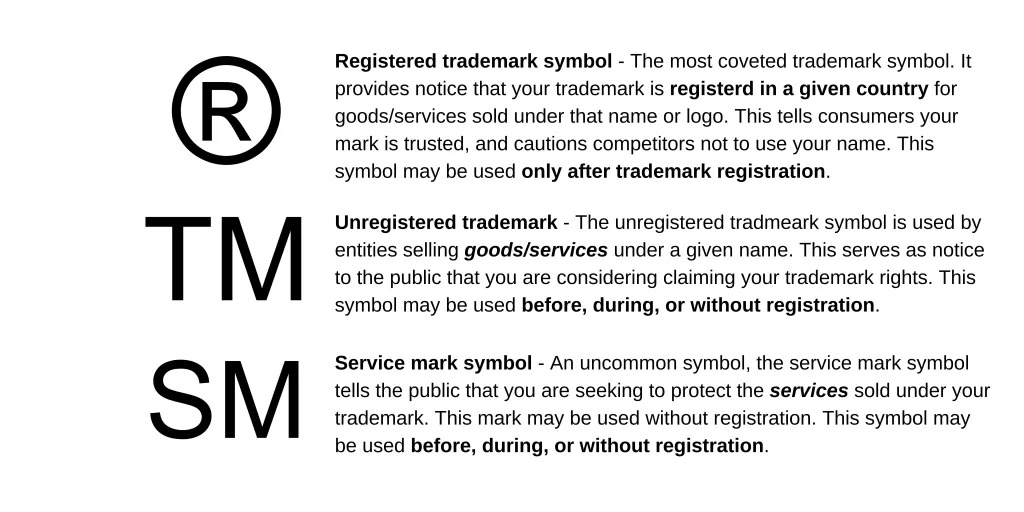Apple The Tech Giant Seeks Trademarks For Apple Fruit Images
Apple, the tech giant known for its iPhones, iPads, and Mac computers, is embarking on a rather unexpected quest. Apple the tech giant seeks trademarks for apple fruit images and the move has sent shockwaves through Switzerland, where the Fruit Union Suisse, an organization with a century-long legacy, proudly displays a symbol featuring a red apple adorned with a white cross, representing the Swiss national flag.
Author:Xander OddityReviewer:Dr. Felix ChaosphereJun 26, 202325K Shares343.6K Views
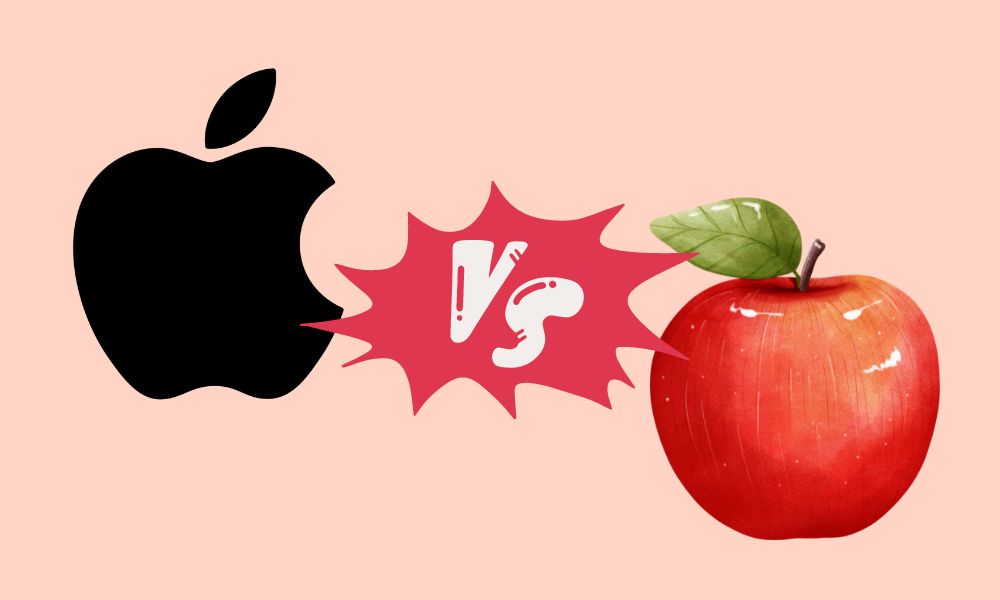
Apple, the tech giant known for its iPhones, iPads, and Mac computers, is embarking on a rather unexpected quest. Apple the tech giant seeks trademarks for apple fruit imagesand the move has sent shockwaves through Switzerland, where the Fruit Union Suisse, an organization with a century-long legacy, proudly displays a symbol featuring a red apple adorned with a white cross, representing the Swiss national flag.
Apple The Tech Giant Seeks Trademarks For Apple Fruit Images, Fruit Union Suisse Concerned
The Fruit Union Suisse, with a rich history and a strong connection to apple symbolism, is now grappling with concerns that it may be forced to change its logo due to Apple's insistence on trademarking fruit. This worry is not unfounded, as Wired UKreports that Apple has made similar demands to intellectual property (IP) authorities worldwide, albeit with varying degrees of success. Countries such as Japan, Turkey, Israel, and Armenia have previously given in to Apple's arguably unreasonable requests.
Director of the Fruit Union Suisse, Jimmy Mariéthoz, expresses the union's discontent with Apple's pursuit, stating:
“„We have a hard time understanding this because it’s not like they’re trying to protect their bitten apple. Their objective here is really to own the rights to an actual apple, which, for us, is something that is really almost universal … that should be free for everyone to use.
Apple's Trademark Endeavors
Apple's current endeavors to secure trademarks for apple imagery in Switzerland trace back to 2017, as revealed by TechRadar. In that year, Apple submitted an applicationto the Swiss Institute of Intellectual Property, seeking intellectual property rights for a realistic, black-and-white depiction of a Granny Smith apple. The scope of the request encompassed various uses, ranging from electronic and digital goods to consumer products. Initially denied, Apple has recently launched an appeal to challenge the decision.
The concerns raised by the Fruit Union Suisse and the ongoing trademark dispute in Switzerland reflect a broader pattern of Apple's quest to assert ownership over fruit imagery.
While the outcome of Apple's trademark pursuits remains uncertain, it sparks a fundamental debate about the boundaries of intellectual property rights and the impact such claims may have on universally recognized symbols.
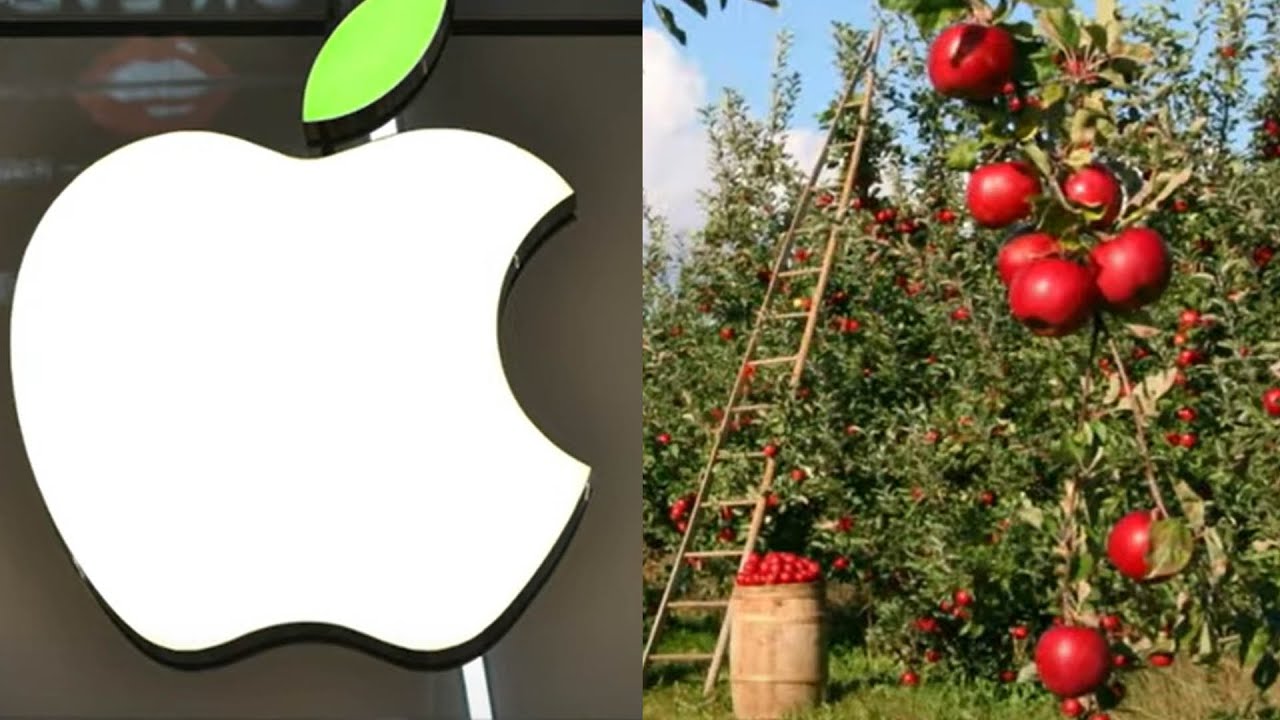
Apple Is On A Quest To Trademark All Pictures Of Apples
The Importance Of Trademarks In Safeguarding Intellectual Property
In today's digital landscape, where ideas, designs, and creations hold immense value, protecting intellectual property has become paramount for individuals and businesses alike. Intellectual property encompasses intangible assets such as trade secrets, product designs, copyrights, and trademarks, which are essential for maintaining a competitive edge and preserving the uniqueness of brands.
Within the realm of intellectual property, brand, and trademark protection play a significant role in safeguarding the identities of companies.
Brands encompass various customer-facing attributes that define a company's image, including:
- logos
- brand names
- straplines
- distinctive design elements
These elements can be legally protected as intellectual property, enabling companies to establish and differentiate their presence in the market.
Understanding Brands And Trademarks
A brand serves as the embodiment of a company's identity, representing its values, offerings, and reputation. Logos, brand names, and slogans are all integral parts of a brand that can be legally protected.
On the other hand, a trademark is a symbol used to identify specific intellectual property items. Three common symbols can distinguish trademarks:
- registered trademark symbol (®)
- trademark symbol (™)
- service mark symbol (℠)
These symbols indicate ownership rights and provide legal protection against unauthorized use or infringement.
Trademark Protection And Authorities Involved
Trademark protection is governed globally by the World Intellectual Property Organization (WIPO), a specialized agency of the United Nations operating in major economies worldwide. WIPO plays a crucial role in shaping globalintellectual property policies, providing IP services, facilitating collaboration among member countries, and offering centralized access to information and resources.
At the national level, each member state of WIPO is represented by an intellectual property office (IPO) responsible for various intellectual property matters. These offices handle trademark applications, and patent applications, and provide guidance on intellectual property law and enforcement.
In the United Kingdom, for example, businesses can apply for trademark registration through the UK Intellectual Property Office (UK-IPO). Trademarks can be registered nationally via the UK-IPO or internationally through WIPO's Madrid System, which allows businesses to register a mark in multiple countries using a single application.
The Process Of Trademark Registration
The process of trademark registration involves several key steps to ensure the uniqueness and distinctiveness of the mark. Before filing an application, it is crucial to conduct a thorough trademark search to verify the originality of the proposed impact. This search helps identify existing registered trademarks that might conflict with the intended mark.
Once the search is complete, the applicant needs to prepare a physical drawing or depiction of the mark, as required by the respective intellectual property office. The drawing provides a visual representation of the mark and serves as a reference for future identification.
After preparing the necessary documentation, the applicant can file the trademark registration application. The application goes through a period of processing and examination by the intellectual property office. During this stage, the application becomes public, allowing third parties to review the claim and raise objections if necessary.
The entire trademark registration process typically takes around four months from application to certification, assuming no objections are raised. However, if objections occur, additional steps and potential negotiations may be required to resolve the dispute. It is advisable to consult legal experts specializing in intellectual property law to navigate any challenges that arise during the registration process.
Enforcing Trademark Rights And Protection Online
Once a trademark is registered, it is essential to actively enforce the rights associated with it to prevent infringement and unauthorized usage. Online brand and trademark protection requires proactive measures to limit and deter intellectual property infringements.

How to Police and Enforce Trademark Rights
Here are some strategies commonly employed by businesses:
1. Blacklisting On Google Ads
Trademark owners can protect their brand by blacklisting specific brand names or terms on Google Ads. This prevents third parties from using the trademarked terms in their ad text without authorization. Additionally, authorized resellers can be permitted to use the trademarked term by filling out an authorization form with Google Ads.
If trademark infringement is detected in Google Ads, trademark owners can submit a complaint to Google, requesting the removal of the offending advertisements.
2. E-commerce Channels And Online Marketplaces
Grey market sellers pose a significant challenge to brands, particularly on online marketplaces such as eBay and Amazon. These unauthorized third-party sellers often sell products from original retailers at reduced prices, impacting the sales and reputation of the brand.
To combat this, brands can report unauthorized usage of their product photography to online marketplaces. By reporting the misuse of intellectual property, brands can take action against grey market sellers and protect their market share.
3. Social Listening For Trademark Infringements
Social listening refers to monitoring online activities related to specific keywords or content. This practice helps brands track mentions, identify potential infringements, and respond promptly. By setting up social listening tools like Google Alerts or Mention, trademark owners can receive notifications when their trademarked brand names or content are used without authorization.
Furthermore, setting up reverse image search alerts help identify instances where others may be using copyrighted brand imagery without permission. This proactive approach is particularly useful for detecting and addressing grey market resellers using the unauthorized product and brand imagery.
Best Practices For Trademark Protection
To ensure effective trademark protection, businesses should adopt the following best practices:
- Proper use of trademark symbols- Businesses should correctly use trademark symbols, including the trademark symbol (™), registered trademark symbol (®), and service mark symbol (℠), in all official communication, web pages, product listings, and articles. Brand guidelines should outline the correct usage of trademarks and be shared with authorized partners.
- Early domain name acquisition- When developing a new brand or campaign slogan, businesses should consider purchasing available domain names related to the trademark. This preemptive step reduces the risk of others acquiring domain names with the intent to exploit or extort the brand owner.
- Addressing cybercriminal misuse- Cybercriminals frequently misuse real company names and branding to deceive web users, often through phishing scams. Brand owners should promptly inform their customers of any threats, such as phishing attempts, to protect their brand's reputation and customers' personal information.
- Proactive monitoring and enforcement - Regular monitoring of trademark usage, both online and offline, helps identify potential infringements. Trademark owners should have clear processes in place to address infringements promptly, including sending cease-and-desist letters and seeking legal action if necessary.
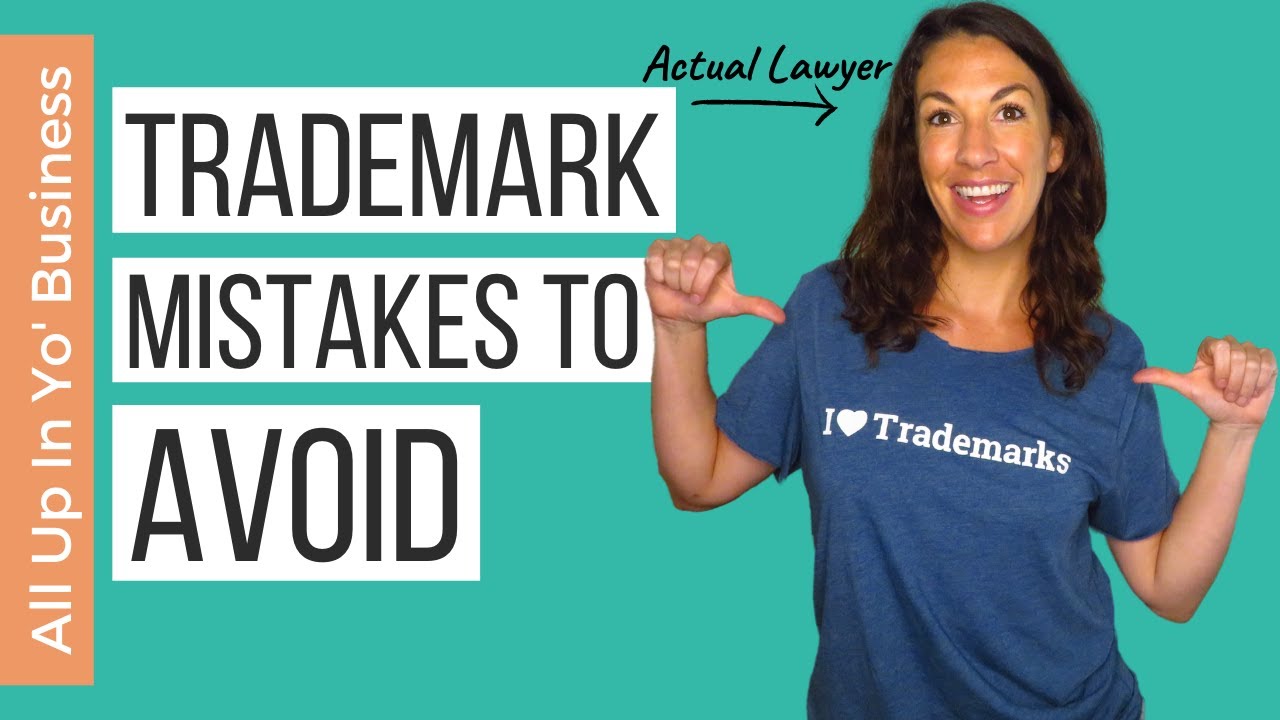
6 Most Common Trademark Registration Mistakes | Trademark Attorney Explains!
The Significance Of Trademark Protection
Trademark protection plays a vital role in preserving the integrity and distinctiveness of a brand. By registering trademarks, businesses can establish and defend their identities, safeguard their reputation, and build consumer trust. Trademark protection not only prevents unauthorized use of brand elements but also fosters a competitive marketplace where originality and innovation are rewarded.
In an ever-evolving digital landscape, businesses must prioritize trademark registration and enforcement to secure their intellectual property rights. By doing so, they can effectively differentiate themselves from competitors, inspire brand loyalty, and maintain a strong market position.
People Also Ask
What Are Apple's Trademarks?
Apple Inc. holds trademarks for a range of its products and services. Some of the trademarks registered by Apple include the Apple logo, Apple TV, iPad, iPhone, iPod touch, iTunes, and Mac. These trademarks are legally registered with the United States Patent and Trademark Office and recognized in various countries and regions worldwide.
When Did Apple Trademark Their Logo?
Apple's iconic logo, which has undergone slight color and style modifications over the years, was first registered as a trademark in 1979. Since then, Apple has continued to expand its trademark portfolio, registering over 1,000 trademarks encompassing product logos, brand names, slogans, and more.
Can I Use Apple Logo On My Website?
The usage of the Apple Logo or any other graphic symbols, logos, or icons owned by Apple is restricted. It is prohibited to incorporate the Apple Logo or any Apple-owned visual elements on websites, products, packaging, manuals, promotional materials, or for any other purpose unless expressly authorized through a written trademark license from Apple.
Conclusion
In conclusion, trademarks play a crucial role in protecting intellectual property and preserving brand identity. The case where Apple the tech giant seeks trademarks for apple fruit images, highlights the complexities and challenges faced in the realm of intellectual property.
While trademarks serve as a means to differentiate one's goods and services and prevent unauthorized usage, the pursuit of trademarks for universally recognized symbols raises questions about the limits of intellectual property rights and the preservation of cultural significance.
Trademarks provide valuable protection, allowing businesses to enforce their exclusive rights, maintain consumer trust, and stay competitive. However, it is important to strike a balance between asserting ownership and preserving an open and competitive marketplace, especially when it comes to symbols that hold universal recognition and cultural value.
As the tech giant and the Fruit Union Suisse find themselves at odds, the question lingers: Will Apple's quest to trademark apple fruit images bear fruit or leave a sour taste in the mouths of those who believe certain symbols should remain free for all to use? Only time will tell.
Jump to
Apple The Tech Giant Seeks Trademarks For Apple Fruit Images, Fruit Union Suisse Concerned
Apple's Trademark Endeavors
The Importance Of Trademarks In Safeguarding Intellectual Property
Understanding Brands And Trademarks
Trademark Protection And Authorities Involved
The Process Of Trademark Registration
Enforcing Trademark Rights And Protection Online
Best Practices For Trademark Protection
The Significance Of Trademark Protection
People Also Ask
Conclusion

Xander Oddity
Author
Xander Oddity, an eccentric and intrepid news reporter, is a master of unearthing the strange and bizarre. With an insatiable curiosity for the unconventional, Xander ventures into the depths of the unknown, fearlessly pursuing stories that defy conventional explanation. Armed with a vast reservoir of knowledge and experience in the realm of conspiracies, Xander is a seasoned investigator of the extraordinary.
Throughout his illustrious career, Xander has built a reputation for delving into the shadows of secrecy and unraveling the enigmatic. With an unyielding determination and an unwavering belief in the power of the bizarre, Xander strives to shed light on the unexplained and challenge the boundaries of conventional wisdom. In his pursuit of the truth, Xander continues to inspire others to question the world around them and embrace the unexpected.

Dr. Felix Chaosphere
Reviewer
Dr. Felix Chaosphere, a renowned and eccentric psychiatrist, is a master of unraveling the complexities of the human mind. With his wild and untamed hair, he embodies the essence of a brilliant but unconventional thinker. As a sexologist, he fearlessly delves into the depths of human desire and intimacy, unearthing hidden truths and challenging societal norms.
Beyond his professional expertise, Dr. Chaosphere is also a celebrated author, renowned for his provocative and thought-provoking literary works. His written words mirror the enigmatic nature of his persona, inviting readers to explore the labyrinthine corridors of the human psyche.
With his indomitable spirit and insatiable curiosity, Dr. Chaosphere continues to push boundaries, challenging society's preconceived notions and inspiring others to embrace their own inner tumult.
Latest Articles
Popular Articles
